Abstract
Sodium MRI can help measure dynamic changes in the corticomedullary sodium gradient, reflect urine-concentrating ability in healthy volunteers, and provide consistent images for analysis in participants with chronic kidney disease.
Background
To the knowledge of the authors, urinary osmolarity is the only tool currently available to assess kidney corticomedullary gradient (CMG). Comparisons between CMG and urinary osmolarity and the use of modalities such as sodium MRI to evaluate renal disease in humans are lacking.
Purpose
To investigate the ability of sodium MRI to measure CMG dynamics compared with urinary osmolarity after water load in healthy volunteers and CMG in participants with kidney disease.
Materials and Methods
A prospective study was conducted from July 2020 to January 2021 in fasting healthy volunteers undergoing water load and participants with chronic kidney disease (CKD) from cardiorenal syndrome included in a clinical trial. In both groups, CMG was estimated by measuring the medulla-to-cortex signal ratio from sodium MRI at 3.0 T. A custom-built two-loop (diameter, 18 cm) butterfly radiofrequency surface coil, tuned for sodium frequency (33.786 MHz), was used to acquire renal sodium images. Two independent observers measured all sodium MRI cortical and medullary values for each region of interest to compute the intraclass correlation coefficient. Pearson correlation was performed between urinary osmolarity and CMG.
Results
Five participants with CKD (mean age, 77 years ± 12 [standard deviation]; all men) and 10 healthy volunteers (mean age, 42 years ± 15; six men, four women) were evaluated. A reduction was observed between baseline and peak urinary dilution time for both mean medulla-to-cortex ratios (1.55 ± 0.11 to 1.31 ± 0.09, respectively; P < .001) and mean urinary osmolarity (756 mOsm/L ± 157 to 73 mOsm/L ± 14, respectively; P < .001) in healthy volunteers. Medulla-to-cortex and corresponding urinary osmolarity were correlated in both groups (r2 = 0.22; P < .001). Kidney sodium tissue content was successfully acquired in all five participants with CKD. The intraclass correlation coefficient measurement was 0.99 (P < .001).
Conclusion
Functional sodium MRI accurately depicted corticomedullary gradient (CMG) dynamic changes in healthy volunteers and demonstrated feasibility of CMG measurement in participants with reduced kidney function.
Akbari A, Lemoine S, Salerno F, Marcus TL, Duffy T, Scholl TJ, Filler G, House AA, McIntyre CW
Radiology
Published 2022
Research Project: NaMRI
Connect with us!
Subscribe to learn more about what we do, why it matters, and how you can get involved!




